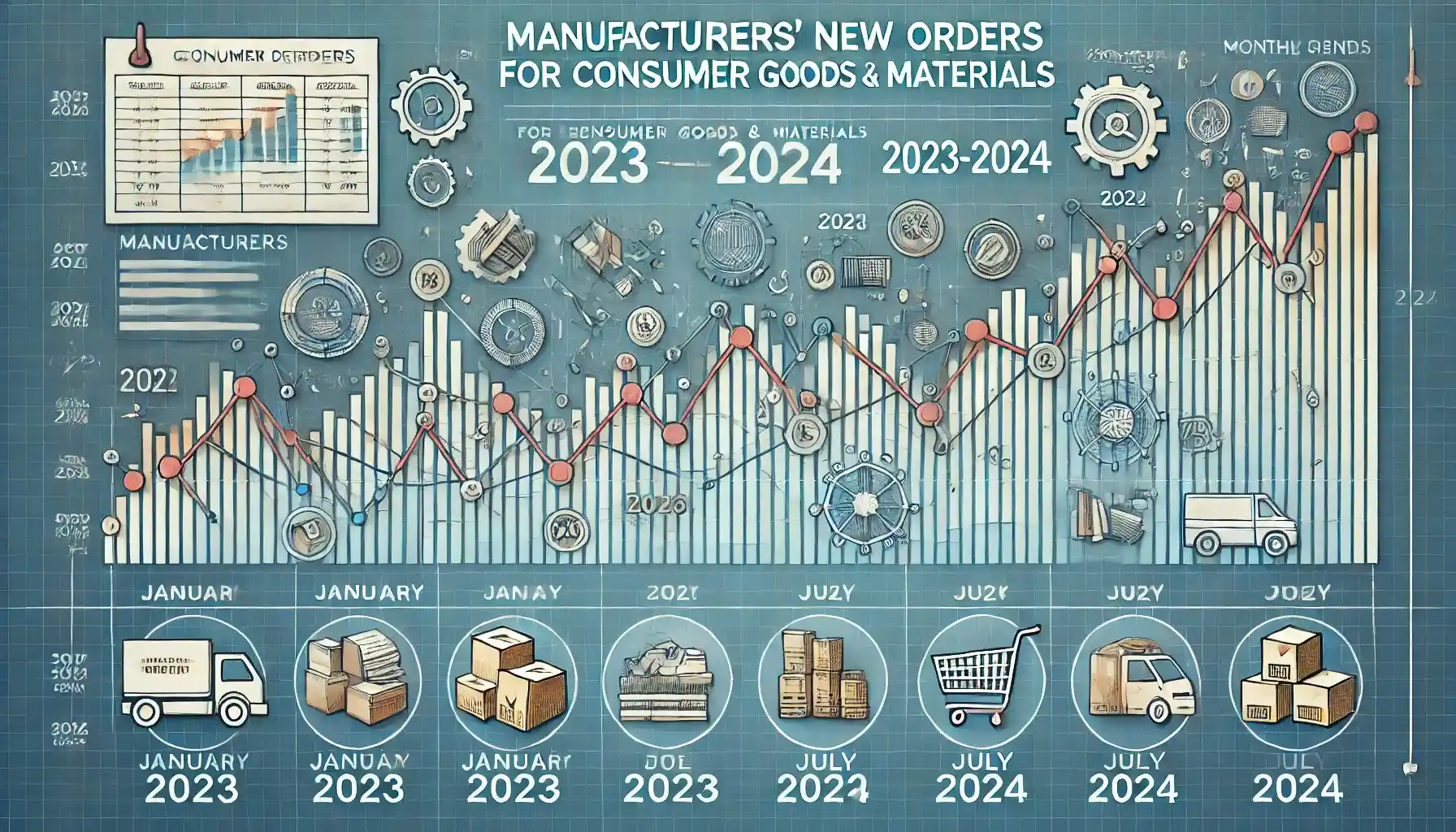Forex trading is like navigating a complex maze, where each turn can lead to either profit or loss. One of the crucial signposts in this maze is the US Leading Economic Index (LEI). For forex traders, understanding this index can be the difference between a successful trade and a missed opportunity. In this detailed guide, we’ll delve deep into the LEI, exploring its components, significance, and impact on forex trading.
What is the US Leading Economic Index (LEI)?

The US Leading Economic Index is a composite of ten economic indicators designed to predict future economic activity. Compiled by The Conference Board, a global research association, the LEI aims to signal turning points in the economy. These indicators include factors such as unemployment claims, stock prices, and manufacturing orders, each offering a glimpse into the economic future.
Why is the LEI Important?
Understanding the LEI is crucial for forex traders because it helps anticipate economic shifts. A rising LEI suggests economic growth, while a declining LEI indicates potential economic downturns. For forex traders, these signals are invaluable, as they can guide decisions on currency pair investments.
Components of the LEI
The LEI is comprised of ten indicators, each reflecting different aspects of economic health. Let’s break down these components:
1. Average Weekly Hours (Manufacturing)
This indicator tracks the average number of hours worked per week in the manufacturing sector. An increase in hours often signals higher demand and economic growth, while a decrease may indicate a slowdown.
2. Average Weekly Initial Claims for Unemployment Insurance
This measures the number of new claims for unemployment benefits. A decrease in claims is a positive sign, indicating job growth and economic stability.
3. Manufacturers’ New Orders for Consumer Goods and Materials

This reflects the volume of new orders placed with manufacturers. Higher new orders suggest increased consumer demand and a robust economy.
4. ISM Index of New Orders
The Institute for Supply Management (ISM) index measures new orders in the manufacturing sector. It’s a key indicator of economic health, with higher numbers suggesting growth.
5. Building Permits for New Private Housing Units
This tracks the number of new housing permits issued. An increase in permits signals growth in the housing market, a crucial component of economic strength.
6. Stock Prices (S&P 500)
Stock prices are a direct reflection of investor confidence. Rising stock prices generally indicate optimism about the economy, while falling prices suggest caution or pessimism.
7. Leading Credit Index™
This composite index gauges the overall health of credit markets. Improved credit conditions typically precede economic expansion, while tightening conditions can signal a slowdown.
8. Interest Rate Spread (10-Year Treasury Bonds – Federal Funds Rate)
The interest rate spread reflects investor expectations for future economic activity. A widening spread often predicts growth, while a narrowing spread can indicate an economic slowdown.
9. Average Consumer Expectations for Business Conditions

This measures consumer confidence in future business conditions. Higher consumer expectations can drive economic activity, as confident consumers are more likely to spend.
10. The Conference Board Leading Credit Index™ (The Slope of Yield Curve)
This measures the difference between short-term and long-term interest rates. A steep yield curve generally indicates future economic growth, while an inverted yield curve can predict a recession.
How Forex Traders Use the LEI
Analyzing Economic Trends
Forex traders use the LEI to analyze broader economic trends. By examining the individual components and the overall direction of the index, traders can gauge the economic outlook and make informed trading decisions.
Predicting Currency Movements
Currencies are heavily influenced by economic performance. A rising LEI suggests economic strength, which can lead to a stronger currency. Conversely, a declining LEI may signal economic trouble, potentially weakening the currency.
Developing Trading Strategies
Traders can develop strategies based on LEI trends. For example, if the LEI indicates economic growth, traders might favor long positions in the currency of that economy. If the LEI points to a downturn, they might consider short positions.
Real-World Applications

Case Study: The 2008 Financial Crisis
During the 2008 financial crisis, the LEI was a crucial tool for traders. As the index declined, it signaled the impending economic downturn, allowing savvy traders to adjust their positions and minimize losses.
Using the LEI in Today’s Market
In today’s volatile market, the LEI remains an essential tool. Traders continuously monitor the index and its components to stay ahead of economic shifts and make strategic decisions.
Challenges in Using the LEI
Lagging Indicators
While the LEI is predictive, it includes some lagging indicators that reflect past economic conditions. Traders must balance these with leading indicators to get an accurate forecast.
Market Reactions

The market’s reaction to the LEI can be unpredictable. Sometimes, traders might overreact to minor changes, causing volatility. It’s crucial to interpret the LEI within the broader economic context.
Conclusion
Understanding the US Leading Economic Index is vital for forex traders. By comprehensively analyzing its components and staying attuned to its signals, traders can navigate the forex market more effectively. The LEI is not just a collection of numbers; it’s a roadmap to understanding the economic landscape and making informed trading decisions.
FAQs
1. What is the US Leading Economic Index (LEI)?
The LEI is a composite index of ten economic indicators designed to predict future economic activity, compiled by The Conference Board.
2. How does the LEI affect forex trading?
The LEI helps forex traders anticipate economic shifts, guiding decisions on currency pair investments based on predicted economic growth or downturns.
3. Can the LEI predict economic recessions?
Yes, a declining LEI can signal an impending economic recession, allowing traders to adjust their strategies accordingly.
4. How often is the LEI updated?
The LEI is updated monthly, providing a regular snapshot of the economic outlook.
5. Are there any limitations to using the LEI?
The LEI includes some lagging indicators and can be subject to market overreactions. It’s essential to interpret it within the broader economic context for accurate predictions.
